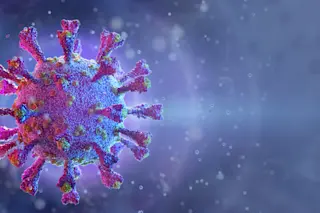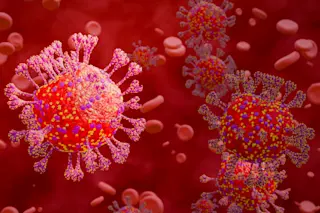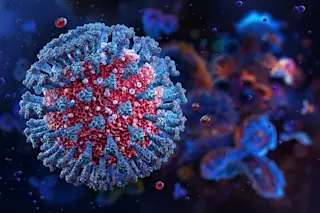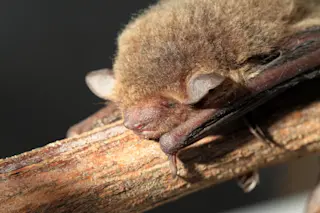The story begins with a mouse. With a bunch of them, that is; a bustling colony of smallish brown field mice scurrying through the grain bins of a squab farm outside Los Angeles in 1979. They were not quite ordinary mice. They happened to carry a gene that protected them against a devastating leukemia virus that was annihilating the rest of the rodents on the farm. This gene, a restriction gene, barred infection by blocking the doorway--the receptor--through which the virus gained entry to the cells it attacked. Denied access, the lethal virus was left futilely hammering at the gate, harmless and vulnerable, to be destroyed in short order by the body’s defenses. In other words, these mice were genetically immune to the disease. This finding set Stephen O’Brien, a National Cancer Institute (NCI) geneticist who had helped analyze the gene, to thinking: If mice could carry a gene that ...
Immune to a Plague
A few lucky individuals won't ever contract AIDS: they're genetically immune. And the more we learn about how their genes protect them, the closer we come to protecting all of us.
More on Discover
Stay Curious
SubscribeTo The Magazine
Save up to 40% off the cover price when you subscribe to Discover magazine.
Subscribe












